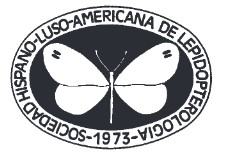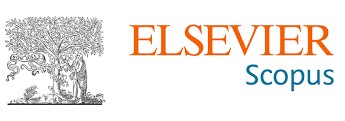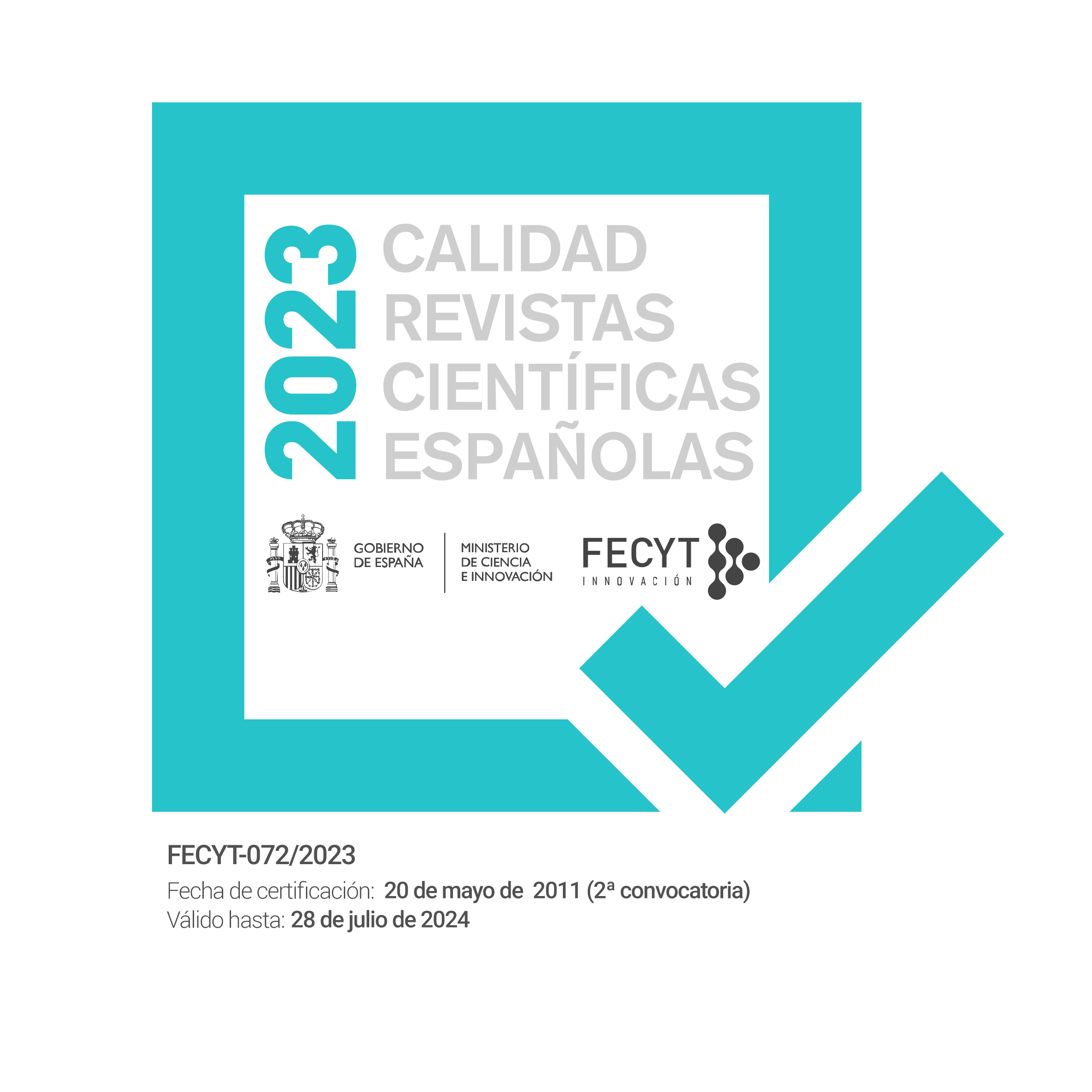Application of time-lapse camera situated near a light source, for registration insects’ rhythm of attraction to light (Lepidoptera: Noctuidae)
DOI :
https://doi.org/10.57065/shilap.302Mots-clés :
Lepidoptera, Noctuidae, camera trap, IsraelRésumé
Camera traps are an efficient means of biodiversity assessments, however, the employment of camera traps for the study of insects is still in its beginning. Accurate counting and recognition of flying insects are also of great importance in pest control. In this paper, we present a new method combining a time-lapse camera, and a light source, designed to estimate macro-Lepidoptera species composition, occurrence and also daily rhythms of their attraction to light. The advantage of the system is that it enables to monitor the species assemblages distantly. The rhythms to light attraction discussed for six Noctuidae species.
Téléchargements
Statistiques globales ℹ️
|
645
Vues
|
295
Téléchargements
|
|
940
Total
|
|
Références
CHERNYSHEV, V. B., 1984.– Diurnal rhythms of insects activity: 215 pp. Moscow University Press, Moscow. [in Russian].
COLLETT, R. A. & FISHER, D. O., 2017.– Time- lapse camera trapping as an alternative to pitfall trapping for estimating activity of leaf litter arthropods.– Ecology and Evolution, 7: 7527-7533. DOI: https://doi.org/10.1002/ece3.3275
EPSKY, N. D., MORRILL, W. L. & MANKIN, R. W., 2008.– Traps for Capturing Insects: 3887-3901.– In J. L. CAPINERA (ed.). Encyclopedia of Entomology: CCLII + 4346 pp. Springer, Dordercht.
HOGEWEG, L., ZEEGERS, T., KATRAMADOS, I. & JONGEJANS, E., 2019a.– Smart Insect Cameras. Biodiversity Information Science and Standards (BISS).– Conference Abstract, 3: e39241, doi: 10.3897/biss.3.39241. DOI: https://doi.org/10.3897/biss.3.39241
HOGEWEG, L., ZEEGERS, T., KATRAMADOS, I. & JONGEJANS, E., 2019b.– Automatic insect identification for better grasp on biodiversity. Available from https://phys.org/news/2019-05-automatic-insect-identification-graspbiodiversity.html.
JONASON, D., FRANZÉN, M. & RANIUS, T., 2014.– Surveying Moths using light traps: Effects of weather and time of year.– Plos One, 9(3): 1-7. DOI: https://doi.org/10.1371/journal.pone.0092453
KRAVCHENKO, V. D., 1986.– On correlations between the mobility and flight towards light in moths.– Zoologichesky Zhurnal, 65(6): 859-866. [in Russian].
KRAVCHENKO, V. D., 1981.– Interrelations between flight towards light and mobility in Helicoverpa armigera.– Zoologichesky Zhurnal, 9(8): 1267-1269. [in Russian].
KRAVCHENKO, V. D., 1984.– Behavior of the cotton bollworm (Heliothis armigera) in natural conditions.– Zoologichesky Zhurnal, 63(5): 682-686. [in Russian].
KRAVCHENKO, V. D., 1987.– Daily rhythm of flight in three cutworm species (Lepidoptera: Noctuidae) toward synthetic sex pheromones in Azerbaijan.– Zoologichesky Zhurnal, 66(9): 1421-1423. [in Russian].
KRAVCHENKO, V. D., FIBIGER, M., HAUSMANN, A. & MÜLLER, G. C., 2007b.– Noctuidae.– In G. C. MÜLLER, V. D. KRAVCHENKO, A. HAUSMANN, W. SPEIDEL, J. MOOSER & T. J. WITT. The Lepidoptera of Israel, 2: 400 pp. Pensoft Series Faunistica 63.
KRAVCHENKO, V. D., FIBIGER, M., HAUSMANN, A. & MÜLLER, G. C., 2007a.– Erebidae Noctuidae.– In G. C. MÜLLER, V. D. KRAVCHENKO, A. HAUSMANN, W. SPEIDEL, J. MOOSER & T. J. WITT. The Lepidoptera of Israel, 1: 168 pp. Pensoft Series Faunistica 63.
KUCERA, T. E. & BARRETT, R. H., 2011.– A History of Camera Trapping: 9-27.– In ALLAN F. O’CONNELL, JAMES D. NICHOLS & K. ULLAS KARANTH. Camera Traps in Animal Ecology. Methods and Analyses: 271 pp. Springer, Tokyo Dordrecht Heidelberg London New York. DOI: https://doi.org/10.1007/978-4-431-99495-4_2
MANOUKIS, N. C. & COLLIER, T. C., 2019.– Computer Vision to Enhance Behavioral Research on Insects.– Annals of the Entomological Society of America, 112(3): 227-235. DOI: https://doi.org/10.1093/aesa/say062
MARTIN, V., MOISAN, S., PARIS, B. & NICOLAS, O., 2008.– Towards a video camera network for early pest detection in greenhouses.– ENDURE International Conference 2008 Diversifying crop protection, 12-15 October 2008. La Grande-Motte, France - Oral presentations.
MEEK, P. D., BALLARD, G. & FLEMING, P. J. S., 2014.– The pitfalls of wildlife camera trapping as a survey tool in Australia.– Australian Mammalogy, 37(1): 13-22. DOI: https://doi.org/10.1071/AM14023
MERCKX, T & SLADE, E. M., 2014.– Macro-moth families differ in their attraction to light: implications for light-trap monitoring programmes.– Insect Conservation and Diversity, 7(5): 453-461. DOI: https://doi.org/10.1111/icad.12068
NEMFC, S. J., 1971.– Effects of Lunar Phases on Light-Trap Collections and Populations of Bollworm Moths.– Journal of Economic Entomology, 64(4): 860-864. DOI: https://doi.org/10.1093/jee/64.4.860
NICHOLS, J. D., O’CONNELL, A. F. & KARANTH, K. U., 2011.– Camera Traps in Animal Ecology and Conservation: What’s Next?: 253-263.– In A. F. O’CONNELL, J. D. NICHOLS & K. ULLAS KARANTH. Camera Traps in Animal Ecology. Methods and Analyses: 271 pp. Springer, Tokyo Dordrecht Heidelberg London New York. DOI: https://doi.org/10.1007/978-4-431-99495-4_14
O’BRIEN, T. G., 2011.– Abundance, Density and Relative Abundance: A Conceptual Framework: 71-97.– In A. F. O’CONNELL, J. D. NICHOLS & K. ULLAS KARANTH. Camera Traps in Animal Ecology. Methods and Analyses: 271 pp. Springer, Tokyo Dordrecht Heidelberg London New York. DOI: https://doi.org/10.1007/978-4-431-99495-4_6
SANCHEZ-BAYO, F. & WYCKHUYSBCD, K. A. G., 2019.– Worldwide decline of the entomofauna: A review of its driver.– Biological Conservation, 232: 8-27. DOI: https://doi.org/10.1016/j.biocon.2019.01.020
SZENTKIRÁLYI, F., 2002.– Fifty-Year-long Insect Survey in Hungary: T. Jermy’s contributions to Light-Trapping.– Acta Zoologica Academiae Scientiarum Hungaricae, 48(1): 85-105.
ZHONG, Y., GAO, J., LEI, Q. & ZHOU, Y., 2018.– A Vision-Based Counting and Recognition System for Flying Insects in Intelligent Agriculture.– Sensors, 18(1489): 1-19. DOI: https://doi.org/10.3390/s18051489
Téléchargements
Publiée
Comment citer
Numéro
Rubrique
Licence
(c) Tous droits réservés L. Pustilnik, M. Nagari, D. Shtivelman, G. Furman, M. Traore, G. Petrány, R. V. Yakovlev, G. Müller 2021

Ce travail est disponible sous la licence Creative Commons Attribution 4.0 International .
L'auteur conserve ses droits de marque et de brevet sur tout procédé ou procédure figurant dans l'article.
L'auteur conserve le droit de partager, distribuer, exécuter et communiquer publiquement l'article publié dans SHILAP Revista de lepidopterología, avec une reconnaissance initiale de sa publication dans SHILAP Revista de lepidopterología.
L'auteur conserve le droit de procéder à une publication ultérieure de son travail, de l'utilisation de l'article à sa publication dans un livre, à condition d'indiquer sa publication initiale dans le SHILAP Revista de lepidopterología.
Chaque soumission à SHILAP Revista de lepidopterología doit être accompagnée d'une acceptation des droits d'auteur et de la mention de la paternité. En les acceptant, les auteurs conservent le droit d'auteur de leur travail et acceptent que l'article, s'il est accepté pour publication par le SHILAP Revista de lepidopterología, soit autorisé à être utilisé et distribué sous une licence "Creative Commons Attribution 4.0 International" (CC BY 4.0) ce qui permet une utilisation, une distribution et une reproduction sans restriction sur tout support, à condition que l'auteur et la source originale soient mentionnés.
Vous pouvez lire ici les informations de base et le texte légal de la licence. L'indication de la licence CC BY 4.0 doit être expressément mentionnée de cette manière lorsque cela est nécessaire.
À partir de 2022, le contenu de la version imprimée et numérique est soumis à une licence d'utilisation et de distribution "Creative Commons Attribution 4.0 International" (CC BY 4.0), ce qui permet une utilisation, une distribution et une reproduction sans restriction sur tout support, à condition que l'auteur et la source originale soient mentionnés.
Le contenu antérieur de la revue a été publié sous une licence de droit d'auteur traditionnelle; toutefois, les archives sont disponibles en libre accès.
Lors de l'utilisation du contenu de SHILAP Revista de lepidopterología publié avant l'année 2022, y compris les figures, les tableaux ou tout autre matériel sous forme imprimée ou électronique appartenant aux auteurs des articles, les auteurs doivent obtenir l'autorisation du détenteur des droits d'auteur. Les responsabilités légales, financières et pénales à cet égard incombent à l'auteur ou aux auteurs.
En application du Principe de Priorité du Code international de nomenclature zoologique, aucune autre version que celle publiée par l'éditeur ne peut être déposée dans des dépôts, des sites web personnels ou similaires.





























